Workers feared they inherited a serious problem at power station, Federal Court hears
Workers brought in to fix a power station battery have described inheriting a total cluster as the company gambled with using ‘the cheapest sh..’, a court has heard.
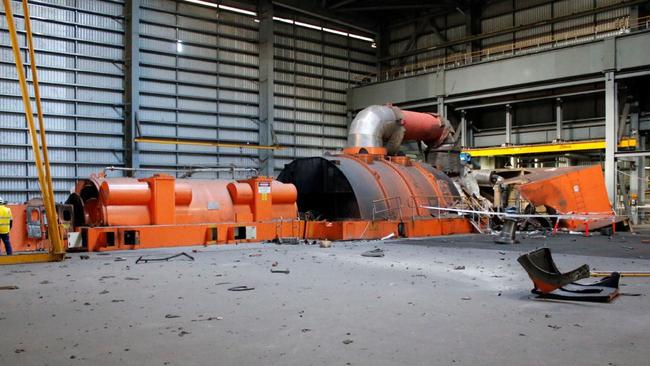
Workers brought into a battery charger replacement project at Queensland’s Callide C power station before it catastrophically failed claimed they inherited a “real cluster”, the Federal Court has heard.
On Friday forensic engineer Sean Brady was questioned for a second day about his investigation into the causes of a 2021 explosion at the Queensland government-owned CS Energy.
The explosion crippled the power station and pushed up power prices for households and businesses along the east coast.
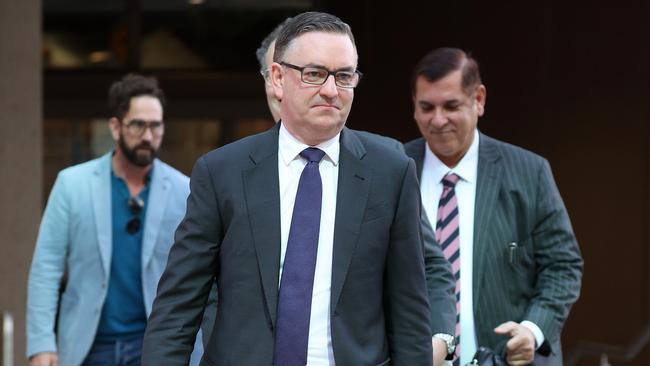
Dr Brady was questioned by lawyers for administrator FTI Consulting’s John Park, who was appointed by a private company that half-owned the CS Energy-operated power station.
He agreed that emails relating to two workers at the “coal face” of the battery charger project – who had just started work on it – showed the project lead had come “to a view we have inherited a real cluster”.
“We all know what that means,” Nicholas Hopkins, KC, said.
Dr Brady said: “We know there were resource constraints. We know people were very busy.”
A failure of a backup battery system at Callide’s C4 unit caused the explosion at the power station in 2021, according to a report authored by Dr Brady that was recently made public.
“The key organisational factor that contributed to the incident was a failure to implement effective process safety practices that would have increased the likelihood of identifying and managing the risks associated with replacing the new Unit C4 battery charger and bringing it into service,” the report said.
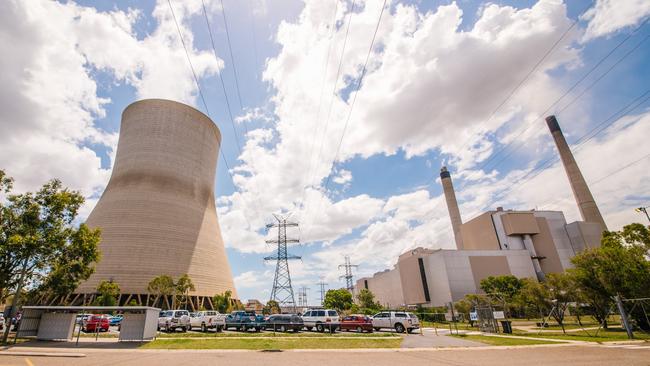
In court, Dr Brady said the battery charger was “the primary source of supply for load on the system … and keeps the battery in a full state of charge”.
“(It is) more than something you go and buy from Bunnings,” he said.
“Despite new people coming on board (we don’t see) evidence someone revisited the management of (the charger) change process.
“We would say there was an effort to put more discipline around the process.” The project’s new manager had just joined CS Energy, and a new technical lead was brought in after the previous one resigned, the court heard.
The project lead told Dr Brady he was managing nine projects at the time, and deemed the battery charger project “low complexity”.
The battery charger project was “plagued” by a range of issues, both internal and external to CS Energy, Dr Brady told the court.
Earlier, the court heard Dr Brady interviewed a number of CS Energy workers as part of his investigation, including one who said “it’s just been years of neglect” at the company.
“We’ve made all of these decisions for so long. It’s just like … (we) gambled way too many times. Let’s get the cheapest shit we can put in there,” the court was told the worker said.
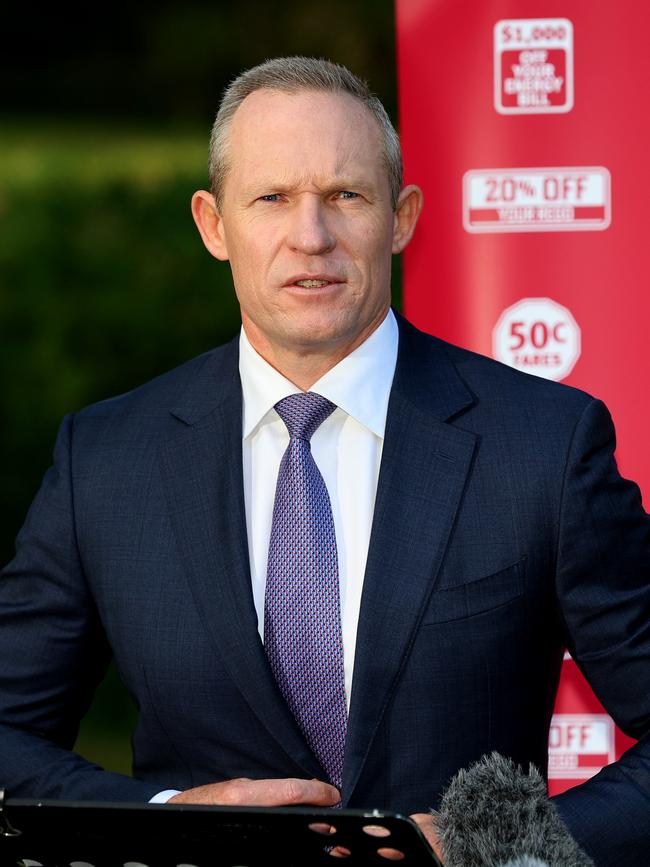
On Thursday, Dr Brady told the court he was not able to conduct interviews with everyone he would have liked to speak to during his investigation into failings at the power station, which began in 2021 – although the report was only released this year.
On Friday, Dr Brady said he would supply the court with a list of names he would have “liked” to speak with.
A CS Energy spokeswoman on Friday said the organisation did not stop Dr Brady from interviewing any of its staff.
“CS Energy provided our full support to Dr Sean Brady and his team to conduct their independent and forensic investigation into the Callide Unit C4 incident,” she said.
“We did not prevent or obstruct Dr Brady or his team from any access to any witness. This was confirmed by Dr Brady in the Federal Court today.”
Hearings into the matter will continue in a week’s time.
.
.





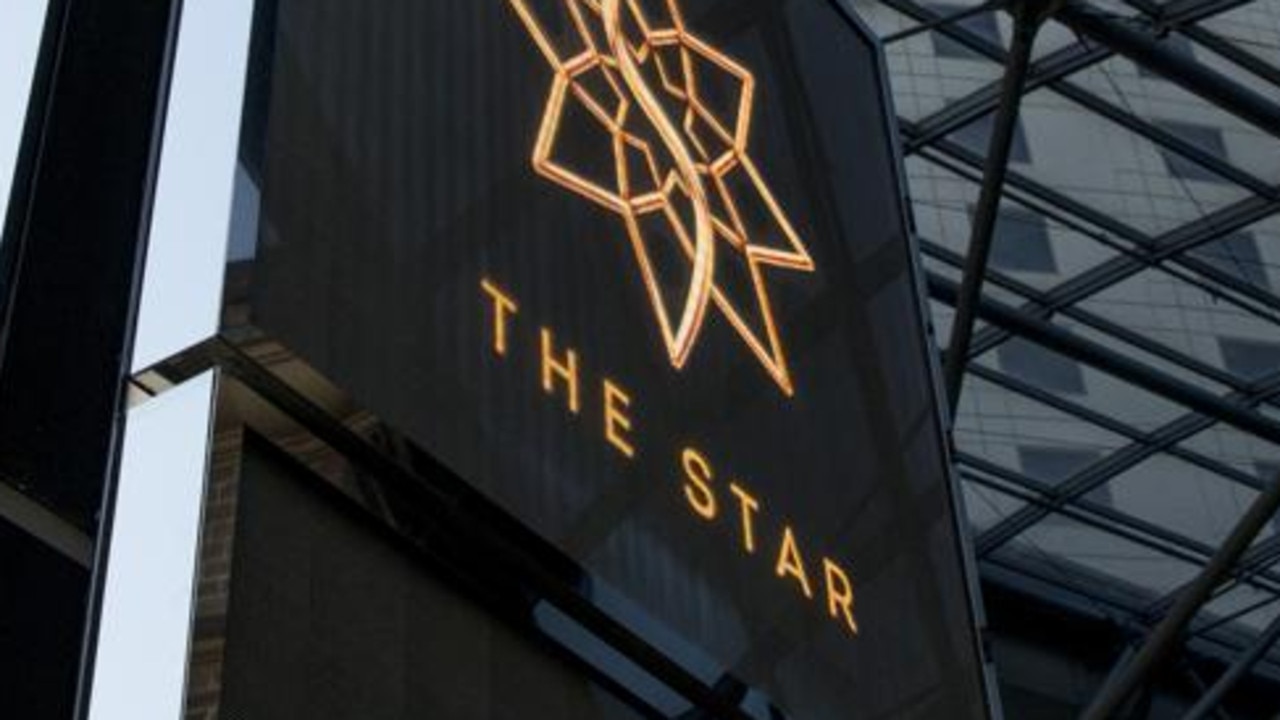
To join the conversation, please log in. Don't have an account? Register
Join the conversation, you are commenting as Logout